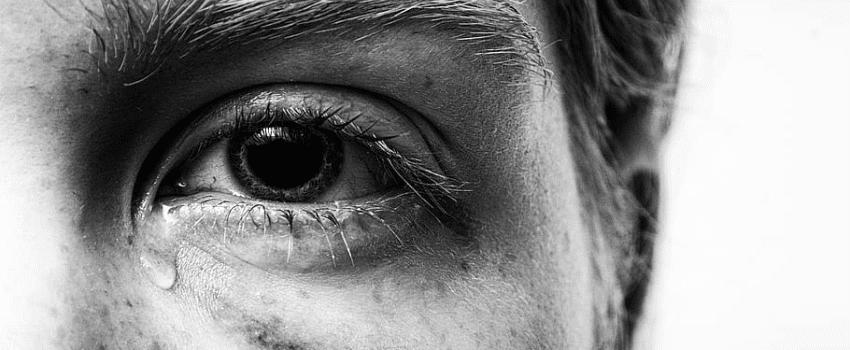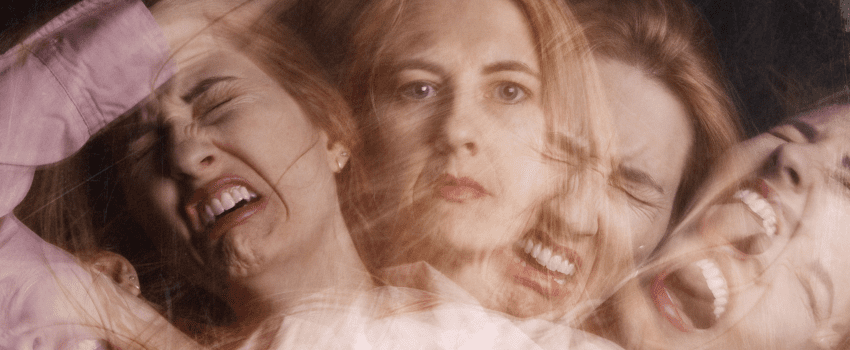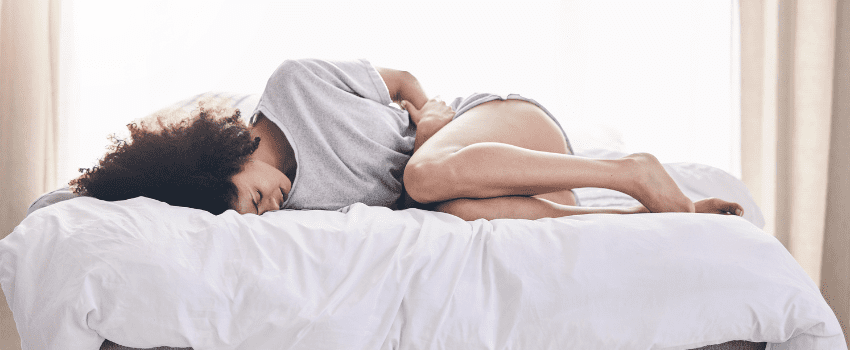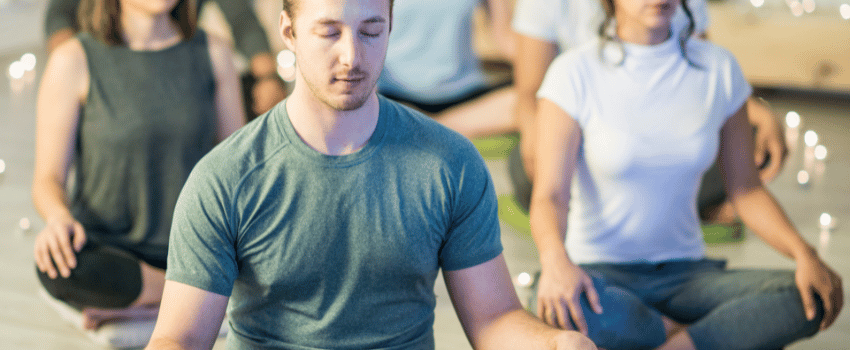Anxiety affects over two million Australians each year. In other words, one in every three women and one in every four men are affected at some point in their lives.
Anxiety is much more than simply feeling anxious or concerned. For example, when we are under pressure, such as respecting deadlines, taking tests, or speaking in front of a group, it is natural for us to feel uneasy. However, for other people, these anxious feelings last long after the stressful experience has gone, or they may occur for no apparent cause.
Effects of anxiety
Anxiety may be a crippling disorder that makes day-to-day existence difficult. However, there are many different forms of anxiety, and it is possible to learn how to handle them.
People experience anxiety in various ways, such as changes in behaviour, complicated feelings and thoughts, and diminished physical health. Anxiety symptoms can range from moderate to severe.
People’s behaviour may be deeply affected when they are anxious. Withdrawal from whatever triggers anxiety, compulsion to follow certain routines to reduce stress, and struggle with decisions are common manifestations. Anxiety can also increase the time you startle and decrease assertiveness and eye contact with others.
Most common types of anxiety disorder
Generalised Anxiety Disorder, or GAD, presents itself with excessive worry, even without immediate threat or cause.
Another symptom of GAD is experiencing concerns that are out of proportion for what has caused them. People with GAD, for instance, will experience anxiety when facing unfamiliar situations or places. The anxiety and its symptoms will escalate, and many may opt not to engage in a specific situation because it has become unbearable.
GAD can cause an elevated heart rate, sweating, dry mouth, nausea, diarrhoea, dizziness, and racing thoughts. Generalised Anxiety Disorder makes it hard to do day-to-day chores that may appear trivial to others. GAD is known to cause difficulties in a person’s life, such as causing troubles in a relationship or causing problems at work owing to excessive concern.
Panic Disorder
Panic disorder is characterised by persistent and incapacitating panic attacks. Common symptoms are palpitations, tachycardia, sweating, shaking, shortness of breath or smothering, nausea, chest discomfort, lightheaded, feeling of doom and imminent death, chills or hot flushes.
Furthermore, experiencing at least one panic attack per month is frequently followed by the worry of having more panic attacks regularly.
Such stressful conditions motivate people to alter their behaviour, which often involves avoiding circumstances they feel may result in panic attacks.
Health Anxiety
If not well or having symptoms, everyone may question if they have a significant medical condition. So it is natural to be concerned about your health. Yet there is a distinction between overall health worries and more severe health anxiety.
Health anxiety is an excessive health concern that activates your anxiety. When such worries become excessive, unreasonable, and persist after doctor reassurance, testing and second opinions.
One of the most common symptoms today is when you start to check Google for information on what you may have, and you begin to be even more anxious because of what you can read.
Health anxiety can affect people that indeed have health issues. Still, despite doctors’ reassurance, they do not believe the diagnosis or expect much worse outcomes than the specialists inform them.
Another scenario is when there is a severe and even a terminal condition; of course, emotions and fear are involved. Yet after the shock, the person cannot adjust to the new situation and their lives are just focused on the illness, and they may spend precious time worrying and not living.
As you can see, Health Anxiety has several manifestations depending on the situation. But the good news is that, as with any other form of anxiety, it can be addressed, and quality of life can be improved.
Obsessive-compulsive disorder (OCD)
Those who suffer from OCD have repeating unpleasant thoughts, ideas, or urges (obsessions). In addition, we frequently engage in repetitive rituals (compulsions) to feel better.
We often recognise that our obsessive concerns are unreasonable, yet we are powerless to control them or the anguish they cause.
Obsessions are frequently extreme concerns with germs, disease, checking gas or electric appliances, locking doors, driving carefully, cleanliness and tidiness, thoughts of violence or gruesome images, or sex.
Compulsions typically involve repetitive acts to prevent an obsessive worry from happening or alleviate stress. However, compulsions can also take the form to be thoughts.
Common compulsions are, for example, constantly needing to wash, clean, check locks, ovens, etc., organise or arrange things, count, pray, and many other repeating acts.
What can you do?
I have discussed some ways you can try to reduce your anxiety here, so in this post, I will focus on breathing. Breathing is a potent tool that you can use to control and diminish your anxiety. Bellow, you are read a few techniques:
Deep Breathing for anxiety relief
- Get into a comfortable position, sitting, standing, or lying down.
- Relax your tummy by focusing on it.
- Place one hand just beneath your ribs.
- Take a slow, deep breath through your nose, feeling your hand rise as your tummy expands.
- Exhale slowly through your mouth, feeling your hand fall as your abdomen deflates.
- Repeat the process for several breaths, focusing on the sensation of your breath moving in and out of your body.
- Practice deep breathing regularly to help reduce stress and anxiety and promote a sense of calm and relaxation.
Diaphragmatic Breathing for anxiety relief
In 2017 research found that Diaphragmatic Breathing may lower anxiety levels. Here is how you can do it:
- Find a comfortable position, either sitting up or lying down.
- Place one hand on your belly and the other on your upper chest.
- Breathe in through your nose, focusing on your stomach rising.
- Next, breathe out through pursed lips, focusing on your lower abdomen.
- Repeat this cycle for several breaths.
Controlled breathing 4-7-8
Begin by sitting comfortably with your back straight and placing the tip of your tongue on the back of your top front teeth. Then, to feel the relaxing benefits of regulated breathing, follow these steps:
1: Make a whooshing sound as you exhale through your mouth.
2: Close your lips and count to 4 while inhaling through your nose.
3: Hold your breath for 7 counts.
4: For a count of 8, exhale through your mouth with a whooshing sound.
5: Repeat the cycle for 5 mins or more for optimal relaxation.
Anxiety counselling is effective.
Why not take our test here and check your anxiety level? We are here for you to explain the reuslts and advise you about what solution may be best for you, thanks to our, not obligatory, Free Introductory Session.









